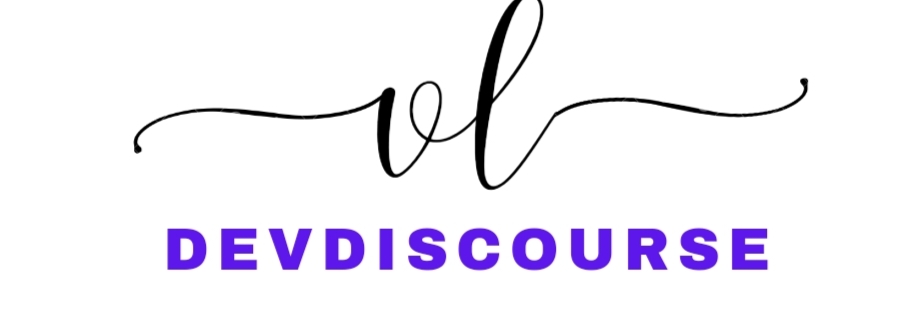Understanding the Role of a “Kääntäjä”: A Guide to Professional Translation Services
In today’s globalized world, effective communication across languages is more important than ever. Whether it’s for business, travel, or academic purposes, the need to understand and convey information in multiple languages has become a necessity. This is where a kääntäjä (translator in Finnish) comes into play. A kääntäjä bridges the language gap, ensuring that messages are accurately translated from one language to another while preserving their original meaning, tone, and context.
In this article, we will explore the role of a kääntäjä, the different types of translation services available, and why hiring a professional translator is crucial for accurate and culturally appropriate communication. By the end, you’ll understand the importance of choosing the right translator for your needs and how their expertise can elevate the quality of your translated materials.
What is a Kääntäjä?
The word kääntäjä is Finnish for “translator.” A kääntäjä is a professional who translates written content from one language into another, ensuring the accuracy of the translation while maintaining the original meaning, intent, and style of the text. The role of a translator goes beyond simply swapping words between languages; it requires a deep understanding of both the source and target languages and cultures to ensure that the translated message resonates effectively with the intended audience.
Types of Kääntäjät (Translators)
Not all translators specialize in the same types of content. Depending on the project, a translator may focus on different areas of expertise. Below are the main types of kääntäjät and the services they provide:
- General Translators: These translators handle everyday documents such as letters, emails, brochures, and other general written materials. They usually work with straightforward texts that don’t require specialized knowledge.
- Legal Translators: Legal translation requires a deep understanding of legal terminology and systems. Legal kääntäjät translate contracts, court documents, agreements, patents, and other legally binding materials. Accuracy in this field is essential since legal terms and definitions can vary significantly between countries and languages.
- Medical Translators: Medical translation involves translating health-related materials such as patient records, medical research, pharmaceutical information, and more. A medical kääntäjä must have a solid understanding of medical terminology in both the source and target languages to avoid miscommunication, which could have serious consequences.
- Technical Translators: Technical translators work with specialized content like user manuals, technical reports, engineering specifications, and product descriptions. They need expertise in the specific field they are translating, such as IT, engineering, or science, to accurately convey complex technical information.
- Literary Translators: Translating literature, including novels, poetry, and plays, is an art form. A literary kääntäjä must preserve the tone, style, and emotional depth of the original text, ensuring that the translated work resonates with readers in the target language just as it did in the source language.
- Business & Financial Translators: These translators specialize in corporate and financial documents, including reports, balance sheets, and marketing materials. Business kääntäjät need to understand industry-specific terminology and ensure clarity in financial contexts.
- Certified Translators: In many cases, documents need to be officially translated and certified, especially for government, immigration, or legal purposes. Certified kääntäjät are authorized by a recognized institution to provide official translations.
Why Hire a Professional Kääntäjä?
When it comes to translation, accuracy is paramount. A small error in translation can lead to miscommunication, legal issues, or even safety risks, especially in technical or medical fields. Hiring a professional kääntäjä ensures that your message is conveyed precisely and appropriately for the target audience. Here are several reasons why professional translation services are essential:
- Cultural Sensitivity: Professional kääntäjät understand that language is deeply intertwined with culture. They are able to translate in a way that respects cultural nuances, idiomatic expressions, and local customs. This ensures that the translated message is not only linguistically accurate but also culturally appropriate.
- Subject Matter Expertise: Each field has its own set of terminology and jargon that requires specialized knowledge. A professional kääntäjä with expertise in a particular subject area, such as law, medicine, or technology, can provide accurate translations that reflect the correct technical or legal meaning.
- Consistency and Quality Control: Professional translators use tools and techniques to maintain consistency throughout a document, especially for large projects. They can ensure that terms, phrases, and styles remain uniform across different sections of the text, resulting in a polished final product.
- Time Efficiency: Translating documents, especially complex ones, can be time-consuming. A professional kääntäjä has the experience and tools to complete translations more quickly while maintaining high quality. This is particularly beneficial for businesses and legal professionals who need translations done within tight deadlines.
- Legal & Certification Requirements: For legal and official purposes, such as immigration or court proceedings, translations often need to be certified. A professional certified kääntäjä can provide legally recognized translations that meet all the necessary standards.
How to Choose the Right Kääntäjä for Your Needs
Choosing the right kääntäjä is crucial for ensuring the quality of your translation. Here are some factors to consider when selecting a translator:
- Language Pair: Make sure the kääntäjä you choose is fluent in both the source and target languages. They should be native or near-native speakers of the target language to ensure the translation sounds natural.
- Experience and Expertise: Depending on the type of content you need translated, choose a kääntäjä with relevant experience. If you’re translating a legal contract, for example, you’ll need a translator who specializes in legal translations.
- Professional Credentials: Look for kääntäjät who are certified by recognized institutions or professional organizations. Certified translators have undergone testing to prove their competence and adherence to industry standards.
- Client Reviews and Portfolio: Always check reviews and ask for samples of the kääntäjä’s previous work. A strong portfolio will give you insight into the quality of their translations and their ability to handle different types of content.
- Confidentiality: If your documents contain sensitive or confidential information, it’s essential to choose a kääntäjä who adheres to strict confidentiality standards and is willing to sign a non-disclosure agreement.
Conclusion
In today’s interconnected world, the role of a kääntäjä is more important than ever. Whether you need to translate legal documents, technical manuals, medical records, or literary works, a professional translator ensures that your message is conveyed accurately and effectively. By choosing the right kääntäjä, you can avoid miscommunication, ensure cultural sensitivity, and meet any legal requirements for your translated materials.
Frequently Asked Questions (FAQs)
- What does a kääntäjä do?
A kääntäjä is a translator who converts written content from one language into another while preserving the original meaning, tone, and context of the text. - How can I find a qualified kääntäjä?
To find a qualified kääntäjä, look for professionals with relevant experience in your subject area, check their certifications, read reviews from previous clients, and review their portfolio to ensure they can handle your specific translation needs. - What are the most common types of translation services offered by a kääntäjä?
The most common types include legal, medical, technical, literary, business, and general translations. Each type requires specific expertise to ensure accuracy. - How long does it take for a kääntäjä to complete a translation?
The time it takes depends on the complexity and length of the document. A professional translator can typically handle around 2,000 to 3,000 words per day for general translations, but more complex texts may take longer. - Do I need a certified kääntäjä for my document?
Certified translations are usually required for legal, governmental, or official documents, such as birth certificates, immigration paperwork, or court documents. If your document needs legal recognition, hiring a certified kääntäjä is essential. - What languages can a kääntäjä translate?
Kääntäjät work in a wide range of languages. The most common language pairs include English-Finnish, French-English, Spanish-English, and many more. Always ensure that the kääntäjä is fluent in both the source and target languages. - What is the difference between a kääntäjä and an interpreter?
A kääntäjä translates written content, while an interpreter translates spoken language in real-time. Both roles require a deep understanding of language and culture, but the skills and settings for each differ significantly.




